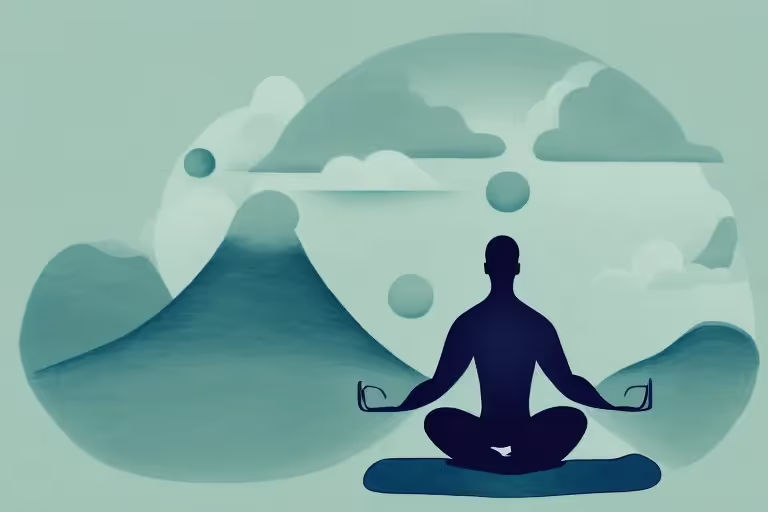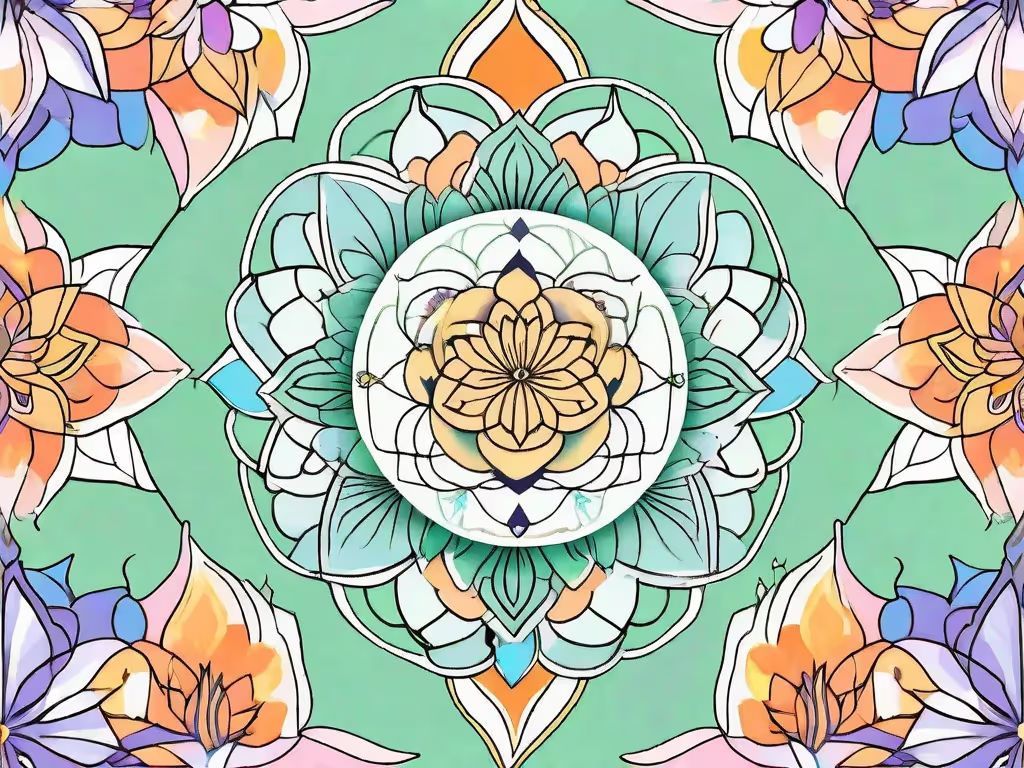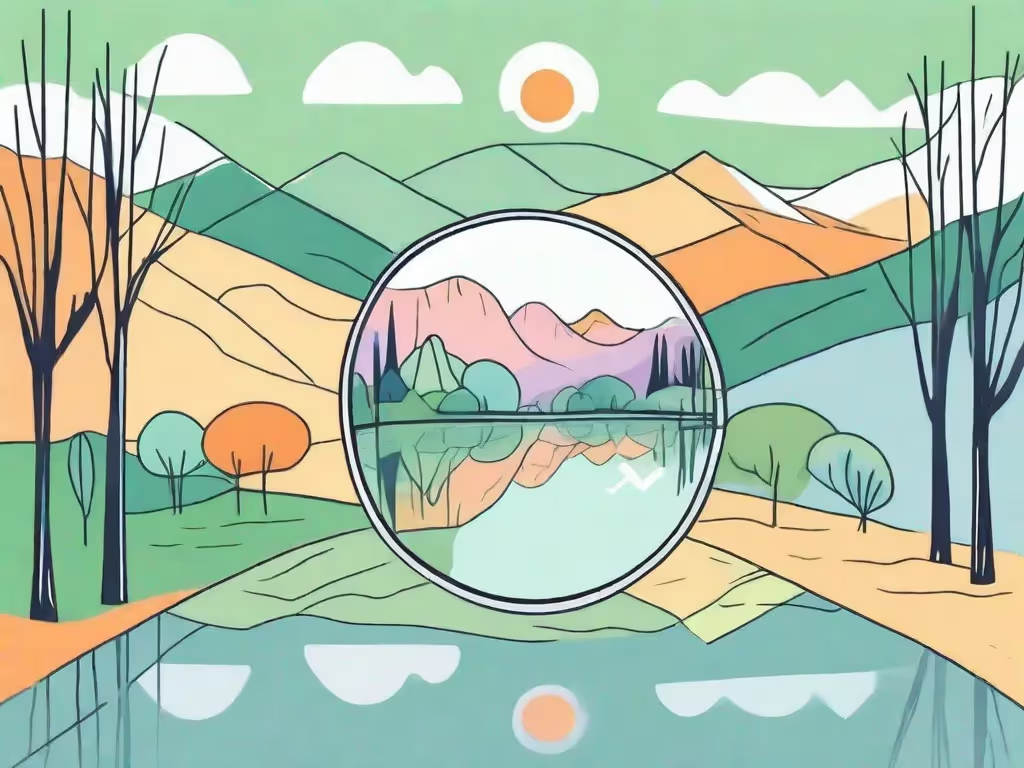Visualization meditation, also known as guided imagery or creative visualization, is a powerful meditation technique that involves harnessing the power of the mind to create mental images or scenarios. This practice is based on the principle that the mind and body are intricately connected, and that by visualizing positive images or outcomes, we can influence our physical and emotional well-being.
Visualization meditation is widely used in various fields, including psychology, sports, business, and personal development, due to its effectiveness in reducing stress, improving focus, enhancing performance, and promoting overall health and happiness. It is a versatile tool that can be tailored to suit individual needs and goals, making it a popular choice for many people who are interested in meditation.
Origins and History of Visualization Meditation
Visualization meditation has roots in many ancient cultures and spiritual traditions. The practice of using mental imagery for healing and transformation can be traced back to ancient Egypt and Greece, where it was used in religious rituals and therapeutic practices. In Buddhism, visualization is a key component of many meditation practices, including the visualization of Buddhas and Bodhisattvas to cultivate qualities such as compassion and wisdom.

In the West, the use of visualization techniques became more widespread in the 20th century, particularly in the field of psychology. Carl Jung, a renowned Swiss psychiatrist, was one of the pioneers in using visualization as a therapeutic tool. He believed that the images and symbols that arise from the unconscious mind during visualization can provide valuable insights into our inner world and help us to understand and resolve psychological issues.
Modern Applications of Visualization Meditation
Today, visualization meditation is used in a wide range of contexts. In sports, athletes use visualization techniques to enhance their performance by mentally rehearsing their movements and visualizing success. In business, visualization is used to improve focus, boost confidence, and achieve goals. In healthcare, guided imagery is used to reduce stress, manage pain, and promote healing. It is also a key component of many mindfulness and meditation programs, including Aura's guided meditations.
Research has shown that visualization can have a significant impact on our physical and mental health. Studies have found that visualization can help to reduce stress and anxiety, improve mood, boost immune function, and even promote physical healing. This is because the brain cannot distinguish between real and imagined experiences, and so it responds to visualized images and scenarios as if they were real.
How Visualization Meditation Works
Visualization meditation works by engaging the power of the mind to influence the body and emotions. When we visualize, we create mental images or scenarios that elicit specific feelings or responses. For example, if we visualize a peaceful beach scene, our body may respond by relaxing and our mood may improve. If we visualize successfully completing a task, we may feel more confident and motivated.

The key to effective visualization is to engage all the senses and to make the images as vivid and detailed as possible. This involves not only seeing the images in your mind's eye, but also hearing the sounds, feeling the sensations, and even smelling the scents associated with the image. The more real the visualization feels, the more powerful the impact will be.
Brain and Body Connection
The effectiveness of visualization meditation lies in the connection between the brain and the body. The brain is a powerful organ that controls all our bodily functions and emotions. When we visualize, we are essentially sending signals to our brain that influence our physical and emotional responses.
For example, when we visualize a stressful situation, our brain may trigger the release of stress hormones, which can lead to physical symptoms such as increased heart rate and muscle tension. On the other hand, when we visualize a calming scene, our brain may trigger the release of relaxation hormones, which can help to reduce stress and promote relaxation.
The Role of the Subconscious Mind
The subconscious mind plays a crucial role in visualization meditation. The subconscious mind is responsible for our automatic thoughts and behaviors, and it is highly responsive to images and symbols. By using visualization, we can communicate with our subconscious mind and influence our thoughts, feelings, and behaviors.
For example, if we repeatedly visualize ourselves being confident and successful, our subconscious mind may start to believe that we are confident and successful, and this can influence our behavior and performance in real life. This is why visualization is often used in personal development and performance enhancement programs.
Benefits of Visualization Meditation
Visualization meditation offers a wide range of benefits, both physical and mental. It can help to reduce stress and anxiety, improve focus and concentration, enhance performance, boost self-esteem and confidence, promote relaxation and sleep, and improve overall health and well-being.
One of the key benefits of visualization is its ability to reduce stress and promote relaxation. By visualizing calming scenes or experiences, we can trigger the relaxation response, which is a physiological state characterized by reduced heart rate, blood pressure, and muscle tension. This can help to counteract the effects of stress and promote a sense of calm and well-being.
Improving Mental Health
Visualization meditation can also have a positive impact on mental health. Studies have shown that visualization can help to reduce symptoms of anxiety and depression, improve mood, and boost self-esteem and confidence. This is because visualization can help to shift our focus away from negative thoughts and feelings and towards positive and empowering images and scenarios.
Furthermore, visualization can help to improve our ability to cope with stress and adversity. By visualizing ourselves successfully navigating challenging situations, we can build resilience and develop a more positive and optimistic outlook on life.
Enhancing Physical Health
Visualization can also have a positive impact on physical health. Research has shown that visualization can help to boost immune function, promote healing, and improve physical performance. This is because the brain can influence the body's physiological processes, including immune function and healing.
For example, studies have found that patients who used visualization techniques after surgery had better recovery outcomes than those who did not. Similarly, athletes who use visualization techniques often report improvements in their performance.
How to Practice Visualization Meditation
Practicing visualization meditation is simple and can be done anywhere and at any time. The key is to find a quiet and comfortable place where you can relax and focus your mind. You can sit or lie down, whichever is most comfortable for you. Close your eyes and take a few deep breaths to relax your body and mind.
Next, start to create a mental image or scenario in your mind. This could be a peaceful beach scene, a successful performance, or any other image that is meaningful to you. Try to make the image as vivid and detailed as possible, engaging all your senses. Imagine the sounds, smells, tastes, and sensations associated with the image. Allow yourself to become fully immersed in the visualization, and let the feelings and emotions associated with the image fill your body and mind.
Guided Visualization
If you find it difficult to create your own visualizations, you can use guided visualization meditations. These are audio recordings that guide you through a visualization process, often with the help of relaxing music or nature sounds. Guided visualizations can be particularly helpful for beginners, as they provide a structure and direction for the visualization process.
Aura offers a wide range of guided visualization meditations that are designed to help you relax, reduce stress, improve focus, and achieve your goals. These meditations are led by experienced meditation teachers and are suitable for all levels of experience.
Consistency is Key
As with any form of meditation, consistency is key when it comes to visualization. The more regularly you practice, the more effective it will be. Even just a few minutes of visualization each day can have a significant impact on your well-being and performance.
It's also important to be patient with yourself. Visualization is a skill that takes time to develop, and it's normal to find it challenging at first. With practice, you will become better at creating vivid and detailed images, and you will start to notice the benefits of visualization in your daily life.
Conclusion
Visualization meditation is a powerful tool that can help to reduce stress, improve focus, enhance performance, and promote health and happiness. By harnessing the power of the mind, we can influence our physical and emotional well-being and achieve our goals.
Whether you're looking to reduce stress, improve your performance, or simply cultivate a more positive and optimistic outlook on life, visualization meditation can be a valuable addition to your wellness routine. So why not give it a try? You might be surprised by the power of your own imagination.



.webp)






.avif)

%20(1).avif)


.avif)
.avif)
.webp)


.avif)


















































































































.avif)

















.svg)









